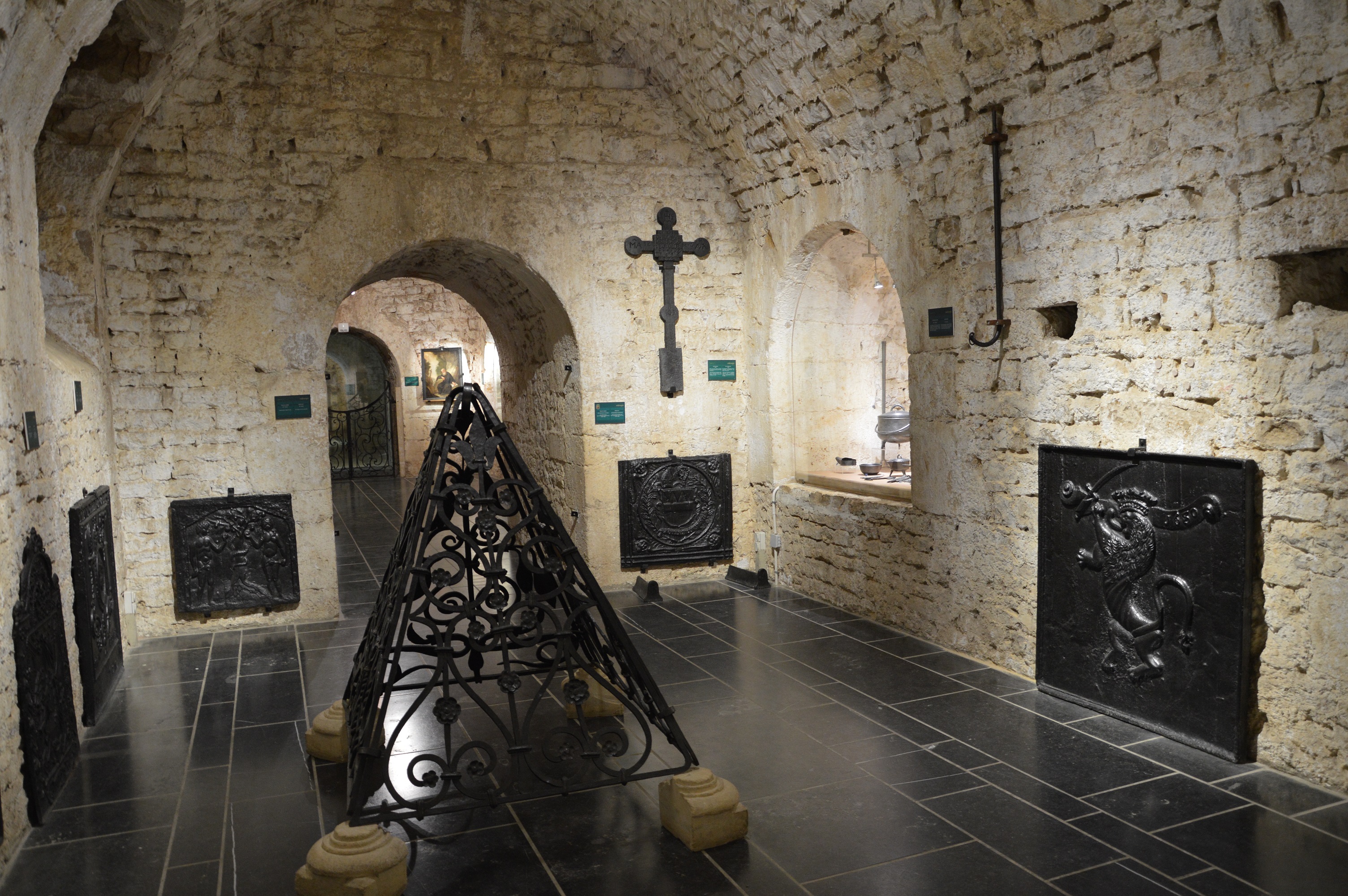Orval Abbey
Museum of History, Iron and Steel Industry, Relgious Art
The museum’s prime originality lies in its location, as its collections are housed in vaulted cellars dating from the 18th century. The visitor is thus taken back to the sole vestiges of the neo-classical buildings elected on plans by the architect Laurent-Benoît Dewez, which then served as the foundation when Orval was reconstructed in the beginning of the 20th century.
The collections of the Orval Museum were put together for an exhibition to commemorate the 900th anniversary (in 1970) of the arrival of the first monks in 1070. They feature three sections: architecture, the iron and steel industry, and monastic religious art.
Abraham Commons
The brewing secrets of Orval beer.
The only surviving building of the old Abbey has been superbly restored :
– A tactile model of the monastery for people with impaired vision
– An interactive exploration that will delight children
– the work of the monk painter Brother Abraham Gilson
Pharmacy Museum
Next to the garden of medicinal plants, a building recreates the dispensary as it was in the 18th century, during the time of Friar Antoine Perrin, chemist. Orval was famous for its potions, especially its “eau d’arquebusade” or ‘musket-shot water,’ a vulnerary for gunshot wounds. The collection features a series of objects used for preparing medicines: crusher, tablet container, ornamented and figurative balance; but also for healthcare: leech syringe; plus a fine collection of earthenware for keeping herbs.
Practical information
Orval Abbey
Abbaye d’Orval,
route d’Orval n°1,
6823 Villers-devant-Orval
- +32 (0)6 131 10 60
- +32 (0)6 132 51 24
- ruines@orval.be
- Visit the website




